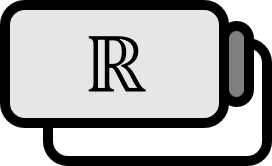Classification of Discontinuities
Definition1
- Let’s assume the function $f :X \to \mathbb{R}$ is given in a metric space $X$. If $f$ is not continuous at $x\in X$, it is said that $f$ is discontinuous at $x$ or has a discontinuity at $x$.
Let’s say $f: (a,b) \to \mathbb{R}$.
If $f$ is discontinuous at $x\in (a,b)$ and the left/right limits $f(x-)$, $f(x+)$ at $x$ exist, it is said that $f$ has a discontinuity of the first kind at $x$ or $f$ is a simple discontinuity.
The discontinuity of the first kind is further divided into two types:
If $f(x-)=f(x+)$, it is said that $f$ has a removable discontinuity at $x$.
If $f(x-)\ne f(x+)$, it is said that $f$ has a jump discontinuity at $x$.
If $f$ is discontinuous at $x$ and one or both of the left/right limits $f(x-)$, $f(x+)$ at $x$ do not exist, it is said that $f$ has a discontinuity of the second kind at $x$. Particularly, if one of the left or right limits diverges to infinity, it is said that $f$ has an infinite discontinuity at $x$.
The discontinuity of the second kind is also called an essential discontinuity.
Explanation
If $f$ has a removable discontinuity at $x$, changing the function value at $x$ can eliminate the discontinuity there.
Walter Rudin, Principles of Mathematical Analysis (3rd Edition, 1976), p94 ↩︎
